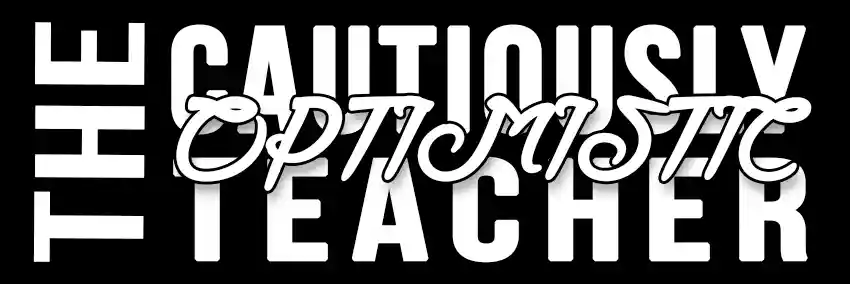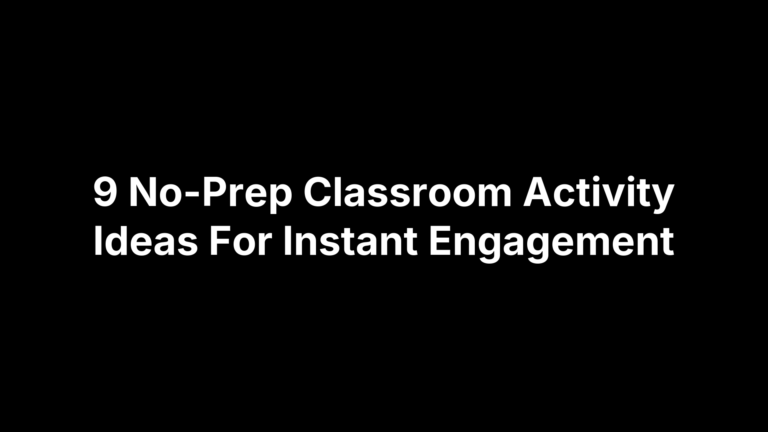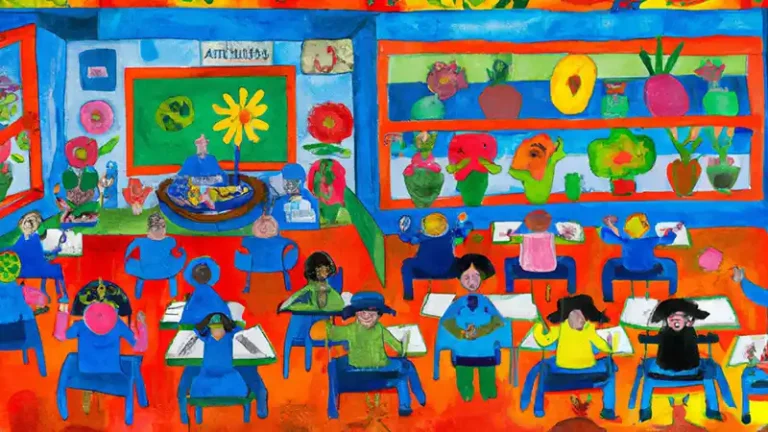Action Research to Maximize Engagement: DI and UDL in Grade 9 English Classes
In contemporary education, particularly within non-tracked classrooms, educators grapple with the challenge of delivering instruction that meets the needs of each student. The integration of Differentiated Instruction (DI) and Universal Design for Learning (UDL) offers a promising solution, potentially revolutionizing student engagement and achievement in heterogeneous learning environments. This article presents a critical analysis of how DI and UDL, when applied in a Grade 9 English class, can cater to individual learning styles and drive academic success.
This investigation provides a concise yet comprehensive overview of these instructional strategies’ implementation and their impact on student outcomes. By meticulously examining their application in an ENL1W course, we aim to provide actionable insights for educators seeking to create a more inclusive and effective educational setting. Join us in exploring the benefits and methodologies of DI and UDL, as we present a clear, evidence-based approach to enhancing learning for diverse student populations.
Introduction
Purpose: This study aims to examine the effects of differentiated instruction and Universal Design for Learning (UDL) on student learning outcomes and engagement, with a particular focus on the benefits of tailoring instructional approaches to individual student needs.
Rationale: The diverse range of abilities in a destreamed course poses challenges in delivering effective instruction. Traditional teaching methods are less effective given the broad spectrum of learning styles and capabilities in such classrooms. Employing a differentiated instruction approach—emphasizing the ‘why’ (to spark interest), the ‘what’ (by presenting information in various formats), and the ‘how’ (through flexible assessment)—may offer a more inclusive strategy. This approach ensures that every student receives an equitable opportunity to succeed.
Objective: This study aims to empirically investigate the impact of Differentiated Instruction (DI) and Universal Design for Learning (UDL) on diverse learner engagement and performance in a Grade 9 destreamed English classroom. We seek to determine how these pedagogical approaches can be optimized to improve student outcomes and facilitate a more inclusive learning environment.
Expected Outcomes: The integration of DI and UDL strategies will lead to improved academic performance and heightened engagement among students. I anticipate that my analysis will reveal actionable insights into how these frameworks can be tailored to the nuanced needs of a destreamed classroom.
Research Question: How do differentiated instruction strategies, integrated within a Universal Design for Learning (UDL) framework, influence student engagement, comprehension, and performance in the ENL1W classroom?
Data Sources
The success of differentiated instruction alongside Universal Design for Learning (UDL) relies on careful monitoring and adjustments based on solid data. In the “Data Sources” section, the approach to collecting and using data is outlined. This data will guide the ongoing fine-tuning of teaching methods to ensure they meet the evolving needs of students during the study. Collecting varied types of data helps to shape and adjust teaching strategies in a way that is responsive to students’ progress and challenges, keeping the instructional approach effective and relevant. This process is essential for maintaining a flexible and responsive learning environment.
Student Journals: Ask students to journal on their favorite way of learning things, and what is a time when they really enjoyed learning about something.
Lesson Observations: Use a checklist or journal to record levels of student engagement and participation during differentiated activities.
Assessments: Compare performance on standardized tests or assignments before and after the introduction of differentiated strategies.
Teacher Reflection Journal: Maintain a daily or weekly journal to record personal observations, challenges, successes, and unexpected outcomes.
Differentiated Strategies to Implement
The section on “Differentiated Strategies to Implement” details the targeted instructional approaches that will be employed to address the diverse learning needs within the Grade 9 English classroom. The strategies outlined here represent a commitment to adaptability and specificity in educational practices, underpinned by the principles of Differentiated Instruction and Universal Design for Learning. As these strategies are rolled out, their effectiveness will be closely monitored and adjusted in response to student feedback and performance data. This ensures that teaching methods remain not only informed but also aligned with the objective of fostering an inclusive and supportive learning environment for all students.
Content Differentiation: Provide materials at varying reading levels, offer video/audio resources, and use graphic organizers.
Process Differentiation: Introduce tiered assignments where students can choose tasks based on complexity, conduct group activities tailored to different skill levels, and offer choice boards.
Product Differentiation: Allow students to showcase understanding in various ways (e.g., presentations, written reports, art projects, group projects, project-based learning, research paper).
Implementation Timeline
Week 1: Administer pre-assessment surveys and conduct baseline observations.
Weeks 2 – 8: When starting our novel study, To Kill a Mockingbird, incorporate differentiated techniques that include content, process, and product differentiation.
Week 9: Administer post-assessment tests and gather student feedback.
Week 10: Analyze data, reflect on findings, and start drafting the research report.
Analysis
- Compare pre and post-assessment scores to gauge academic growth.
- Analyze observation checklists to determine patterns in engagement and participation.
- Use student feedback to understand their perceptions and experiences.
- Reflect on my journal entries to identify challenges, successes, and areas for future exploration.
Conclusion and Future Steps
- Summarize key findings, insights, and implications of implementing differentiated instruction.
- Outline actionable steps for further refining and expanding the use of differentiated strategies based on the findings.
- Consider collaborating with colleagues or attending professional development workshops for additional strategies and insights.
Share and Collaborate
- Present findings on my blog.
- Collaborate with other educators to expand on successful strategies and brainstorm solutions for challenges.
- Consider publishing findings in educational journals or sharing on teacher platforms to contribute to the wider educational community’s knowledge.
Links to Project Information
As the project unfolds, I will update this list of links, including all the lessons created for this project. Our novel selection for this project is To Kill a Mockingbird. Although not a first choice as an inclusive novel, I have plenty of data to judge student success and engagement from previous years. That will be good baseline materials as a comparison.







